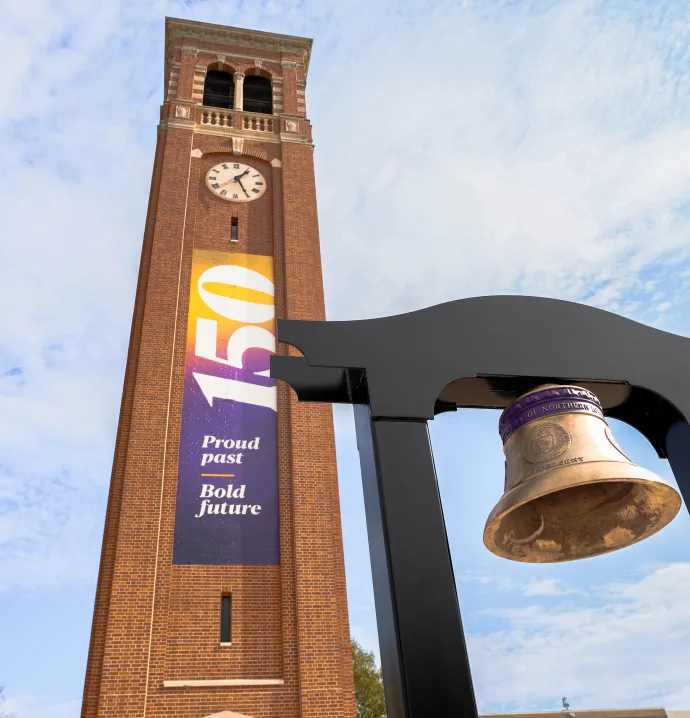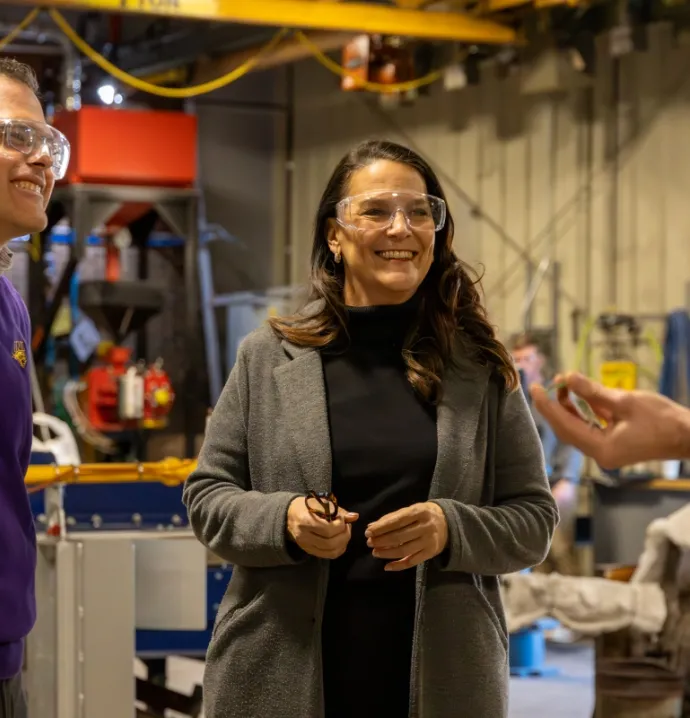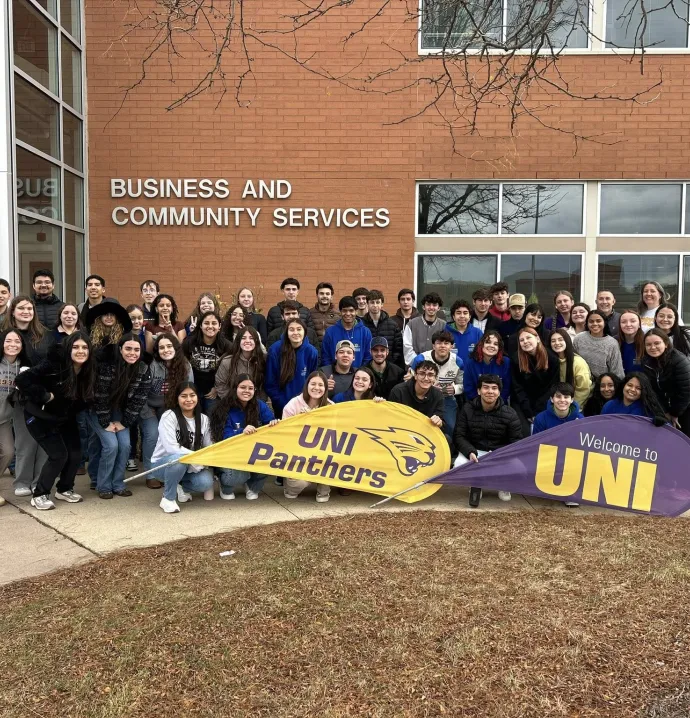UNI professor, an expert on women's suffrage, loans collection of artifacts to museum exhibit
UNI professor, an expert on women's suffrage, loans collection of artifacts to museum exhibit
As a group of revolutionaries huddled together in Philadelphia to craft what would become the Declaration of Independence, Abigail Adams made a simple request.
“Remember the ladies,” the future First Lady implored in a letter to her husband John. “And be more generous and favorable to them than your ancestors.”
Despite Abigail’s exhortation, the country the founding fathers created withheld a number of key rights from women, including the right to vote. The omission triggered a long, at times violent, struggle for women’s suffrage to be enshrined in the US Constitution. That moment finally came 100 years ago with the passage of the 19th Amendment in 1920.
As Women’s History Month gets underway, that struggle is the focus of a new exhibit hosted by the Grout Museum titled “Remember the Ladies,” in honor of Abigail’s now-iconic missive. The display features items on loan from the personal collection of Catherine Palczewski, a professor in the University of Northern Iowa department of communication and media, who also lent her expertise in helping the museum staff plan the exhibit.
“This is a chance to walk through the history of the struggle for women's right to vote and remind us both of the struggles that existed back then and of the work we still have left to do,” Paczewski said.
The exhibit - which runs through March 2021 - brings viewers through a timeline of notable moments in the fight for women’s suffrage, starting with Abigail’s 1776 letter to modern era battles for equality, including the Equal Rights Amendment.
Palczewski’s contributions are sprinkled throughout the exhibit - about 50 items in all that date from the late 1800s to the years prior to ratification in 1920. She loaned magazines and newspapers published by suffrage advocates. There are pins supporters wore, featuring an amount of stars corresponding with the number of states that had enfranchised women. There are photos, postcards, pamphlets, and broadsides, all illustrating the arguments suffragists used to support their cause, as well as some opposing woman suffrage
“So many of the arguments, particularly towards the end, were visual,” Palczewski said. “It was parades. It was pickets. It was women's bodies in public. It wasn't just editorials or speeches to Congress. And so this is a chance to get a sense of what the visual arguments looked like.”
Palczewski has studied women’s rhetoric, social movements and protests since she was an undergraduate in college and collected the items in the exhibit along the way. She’s written multiple articles on woman suffrage that use her collection and is working on a book about the last decade of the suffrage struggle.
The exhibit features biographies of about 50 women who were instrumental in securing women’s voting rights, and Palczewski’s artifacts help bring alive the words and images on display, said Alan Sweeney, director of facilities and exhibits at the Grout Museum.
“The more objects you have from the period, the more it makes it real for people,” Sweeney said. “Cate was a wealth of knowledge about the suffrage movement and was very gracious about offering her expertise.”
For Palczewski, contributing to the exhibit was part of her role as a UNI professor. “Part of being in a public institution of higher learning is to be a resource for the community,” she said. “Anytime I have a chance to share things that I use in my own research with the community, I’m more than happy to do that.”
And while the exhibit features many of the expected household names, such as Susan B. Anthony, Elizabeth Cady Stanton and Alice Paul, it also examines the darker side of the movement, exposing the racism that undercut much of the women’s suffrage campaign.
At the end of the Civil War, the suffragists split into two groups due to a disagreement about whether white women should be enfranchised before black men. Even though Stanton and Anthony had fought for the abolition of slavery, they opposed the 14th and 15th amendments, which afforded civil and voting rights to former enslaved people. Both objected that the amendments meant the enfranchisement of black men before the enfranchisement of white women.
Later, Alice Paul discouraged black women from participating in the 1913 national woman suffrage parade, eventually placing them at the back of the parade to appease campaign supporters from the South.
“Woman suffrage is a complex story, but telling a simple story means you’re ignoring what some of the hidden legacies are,” Palczewski said. “But absolutely white women's vote was won on the backs of black women who were excluded.”
The exhibit also emphasizes that the fight for women’s rights did not end in 1920.
“The Chinese Exclusion Act meant Asian women weren’t voting,” Palczewski said. “Jim Crow laws and poll taxes meant black women weren't voting. Laws targeting Native Americans required them to give up their citizenship in their nation to be able to vote in U.S. elections.”
“The struggle for the right to vote extends far past the 1920s and into contemporary times.”




